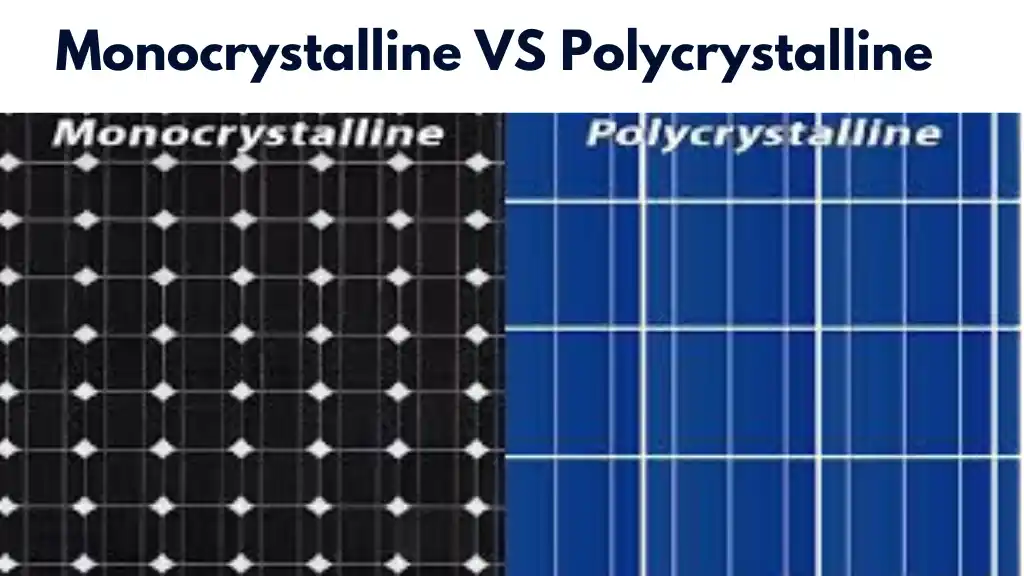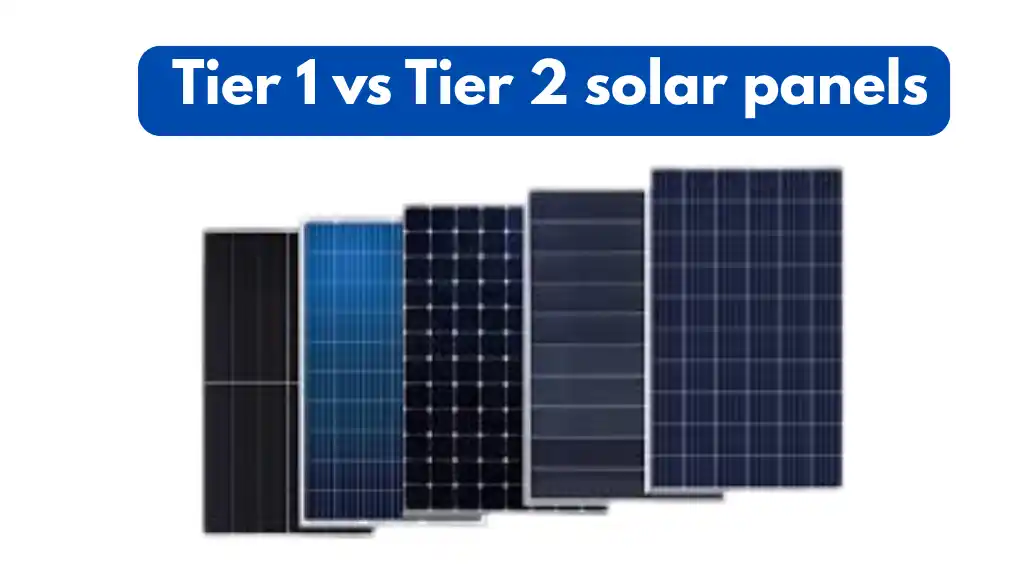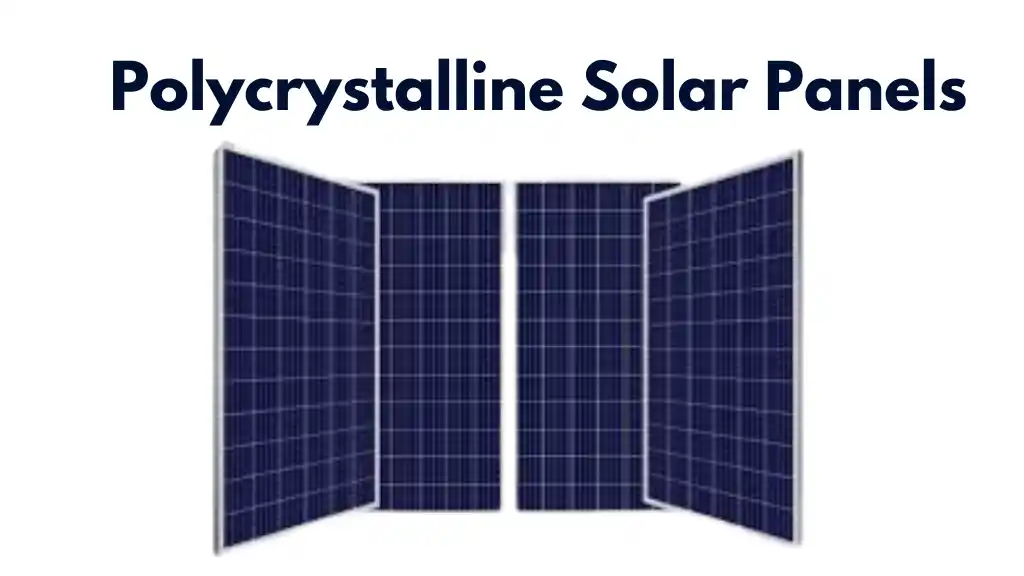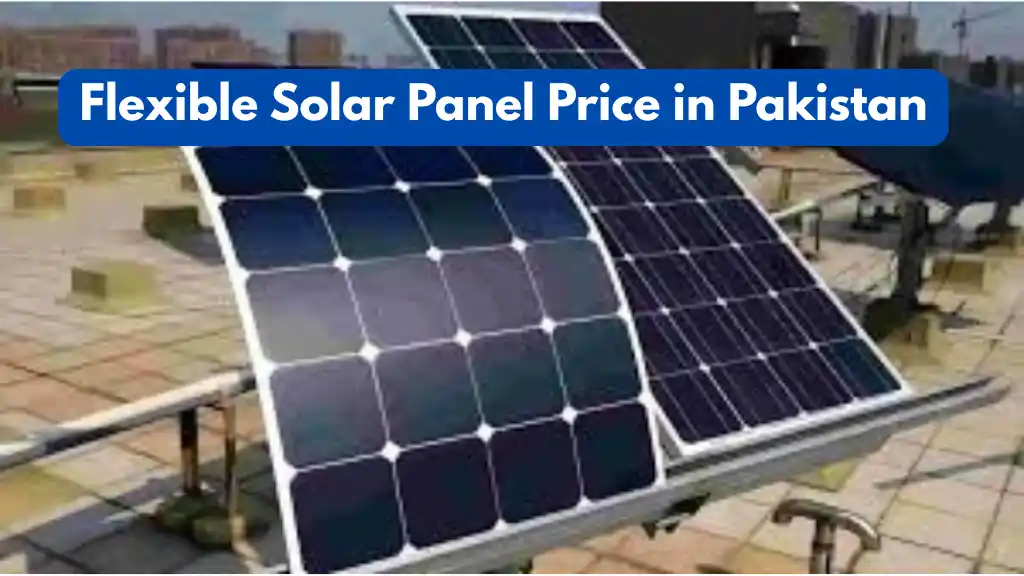Hybrid Solar System: The Future of Energy Independence
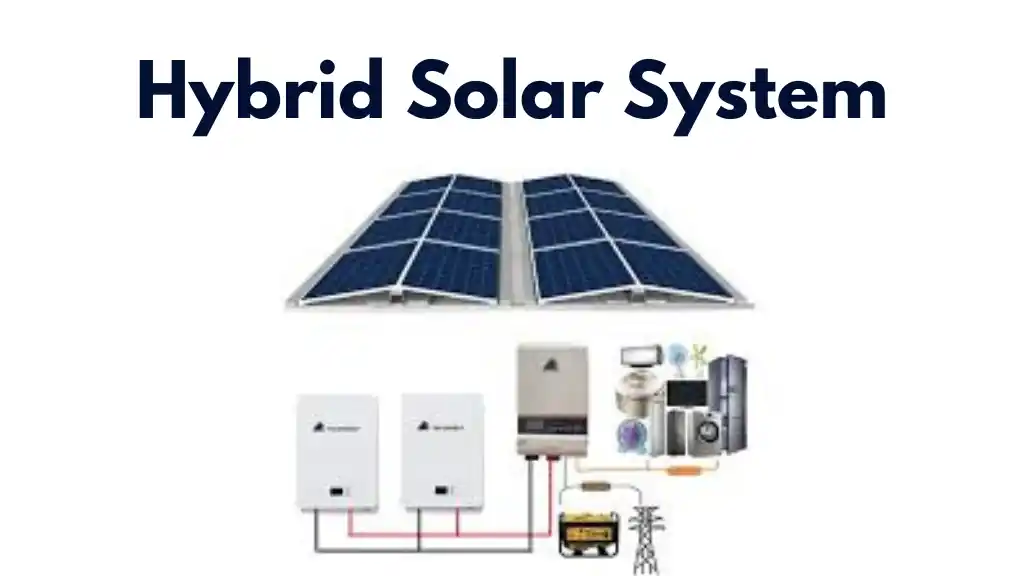
Are you tired of high electricity bills or sudden power cuts? A hybrid solar system offers a quick solution for all these problems. It uses sunlight to make electricity and stores extra power in batteries. This smart system gives you the best of both worlds—saving money and having power even when the lights go out. Let’s explore how a hybrid solar system works and why it’s a smart choice for your home or business.
What is a Hybrid Solar System?
A hybrid solar system includes solar panels, a battery for storage, and a connection to the grid.It integrates the benefits of both grid-tied and off-grid systems and allows flexibility in energy storage. Unlike traditional systems, it can store excess energy in batteries for later use while remaining connected to the grid. It ensures a regular power supply, even during a power failure or at night.
Further Reading: On Grid Solar Systems
Key Components of a Hybrid Solar System
A hybrid solar system is made up of several important components, including:
Solar Panels (PV Array)
These are the primary power source and convert sunlight into direct current (DC) electricity. They are mounted on rooftops or in open spaces with maximum sun exposure.
Hybrid Inverter
It is another key component of a hybrid solar system.It converts DC electricity into alternating current (AC).
Battery Storage
Batteries hold extra solar power so it can be used at night or when there’s a power outage.
Charge Controller
It helps to prevent overcharging and ensure efficient energy storage. So, we can say it helps us to get regular power supply.
Grid Connection
Grid connection is a major player of a hybrid solar system. It allows us to take power back when solar energy is not sufficient to meet our needs.
Switchboard (Electrical Distribution Board)
It regulates the electricity distribution within the home and ensures safe and efficient energy use.
Energy Management System (EMS)
EMS monitors power demand and generation, optimizing energy use and storage based on user preferences.
How Hybrid Solar System Works in Pakistan
The operational process of a hybrid solar system in Pakistan involves several key steps that ensure an efficient and reliable energy supply. Here’s a detailed overview
Solar Energy Generation
The photovoltaic effect enables solar panels to generate electricity from sunlight.High-quality solar panels are essential for efficient energy generation.
Inverter Conversion
The hybrid inverter converts DC electricity from solar panels into AC electricity that household appliances can use.
Energy Distribution
Excess energy is stored in batteries and you can also export the extra energy to the grid through net metering.
Battery Storage
Batteries store excess solar energy for later use.They help maintain an uninterrupted power supply at all times.
Grid Interaction
If solar generation is insufficient, the system automatically switches to grid power.
Automatic Switching
It automatically selects between solar energy, stored battery power, or the grid, based on how it’s configured. This process ensures an uninterrupted power supply.
Benefits of Hybrid Solar Systems in Pakistan

Hybrid solar systems have gained immense popularity in Pakistan due to their ability to address the country’s energy challenges effectively. Here are some of the key advantages:
Uninterrupted Power Supply
Hybrid solar systems provide backup power during load shedding, which is a common issue in Pakistan.So, these systems can help us to tackle load shedding issues and enjoy uninterrupted power supply.
Reduced Electricity Bills
Users can generate their electricity from solar panels and can save huge amounts from electricity bills.With the help of net metering, any excess electricity can be stored or exported to the power grid. This way users can earn credits that further lower their electricity bills.
Energy Independence
Hybrid systems reduce dependence on the national grid, giving you greater control over your energy usage. This is particularly beneficial in areas with frequent power cuts or unstable grid connections.
Environmentally Friendly
Solar power is a renewable and eco-friendly energy source.The hybrid solar system helps you reduce your carbon footprint and contribute to a sustainable environment.
Net Metering Benefits
These systems work well with the net metering policy in Pakistan. Any excess energy generated by solar panels can be fed back into the grid through net metering.
Scalability
They are highly scalable like on-grid solar systems. You can begin with a small setup and increase its size later as your energy demands rise.
Protection Against Rising Energy Costs
With electricity prices consistently rising in Pakistan, they offer a way to cut your energy costs. By generating your power, you can protect yourself from future tariff hikes.
Increased Property Value
Energy-efficient homes are in high demand, and a solar system can make your property more attractive to potential buyers.
Disadvantages of Hybrid Solar Systems
While hybrid solar systems offer numerous benefits, they also come with certain drawbacks that potential users should consider. Here are the key disadvantages:
High Initial Cost
They require a significant upfront investment. The cost of solar panels, batteries, inverters, and installation can be high.
Battery Maintenance and Replacement
Batteries are a critical component of hybrid systems but require regular maintenance and replacement. Batteries may need to be replaced every 5-10 years, adding to the long-term costs.
Complex Installation
They require professional expertise to ensure proper integration of solar panels, batteries, and grid connections. It will increase installation time and costs for sure.
Space Requirements
Hybrid systems require additional space for batteries and other components. If you have limited space, accommodating these components can be challenging.
Efficiency Limitations
Their efficiency can vary in different areas and weather conditions. In areas with inconsistent sunlight, the system may rely more on the grid or batteries, reducing overall efficiency.
Environmental Impact of Batteries
While solar energy is clean, the production and disposal of batteries have environmental implications. Their waste materials can be harmful if not disposed of properly.
Regulatory Challenges
In some regions, the process of connecting a hybrid system to the grid and availing net metering benefits can be complicated due to regulatory hurdles or bureaucratic delays.
We have briefly discussed the possible drawbacks of solar systems along with their advantages. It’s essential to evaluate your specific needs, budget, and location before deciding if a hybrid solar system is the right choice for you.
Difference Between On-Grid and Hybrid Solar System
On-grid solar systems are cost-effective and ideal for areas with stable grid supply but do not provide backup power during outages. Hybrid solar systems, however, integrate solar panels, batteries, and a grid connection for greater flexibility. They store excess energy in batteries and ensure uninterrupted power during power failure. However, hybrid systems are always expensive.
| Feature | On-Grid Solar Systems | Hybrid Solar Systems |
| Grid Connectivity | Fully connected to the grid | Connected to the grid with batteries |
| Energy Storage | No battery storage | Includes battery storage |
| Power During Outages | No backup power | Provides backup power |
| Cost | Lower upfront cost | Higher upfront cost |
| Energy Independence | Dependent on the grid | Greater energy independence |
| Net Metering | Fully compatible | Compatible, prioritizes batteries |
| Maintenance | Low maintenance | Higher maintenance due to batteries |
| Efficiency | Efficient in stable grid areas | Efficient in areas with power failure |
| Environmental Impact | Reduces carbon footprint | Greener but batteries have impact |
| Ideal Use Cases | Stable grid areas | Areas with frequent power cuts |
The choice between an on-grid and hybrid solar system depends on your location, energy needs, and budget. On-grid systems are a great option for reducing electricity bills in areas with reliable grid supply, while hybrid systems are better suited for regions with frequent power cuts. By understanding these differences, you can select the system that best aligns with your requirements.
Conclusion
A hybrid solar system lets us use solar energy. We can take advantage of both on-grid and off-grid systems. You can use solar power during the day, store extra energy in batteries, and still have access to the grid when needed. This system helps save money, provides backup power, and supports a cleaner environment. It’s a great choice for homes and businesses looking for reliable and flexible energy solutions.

